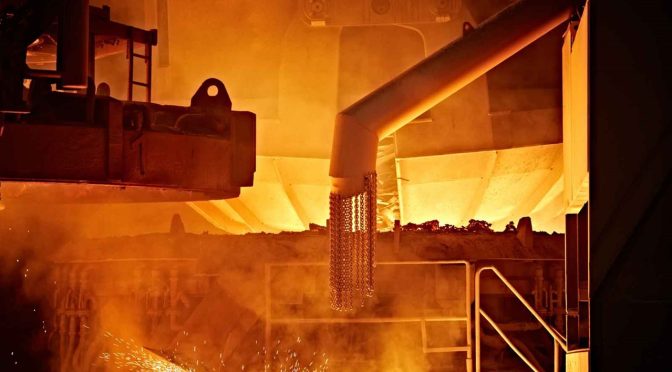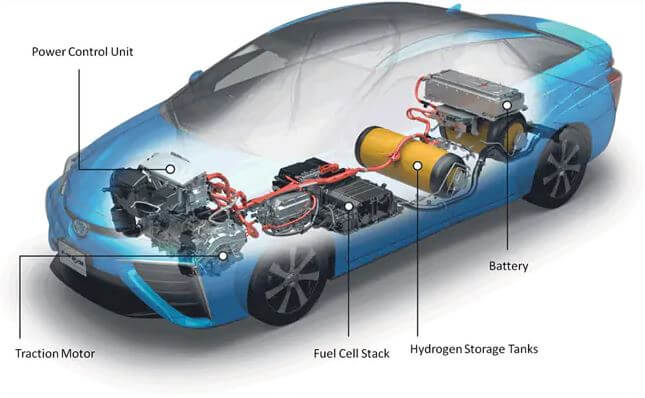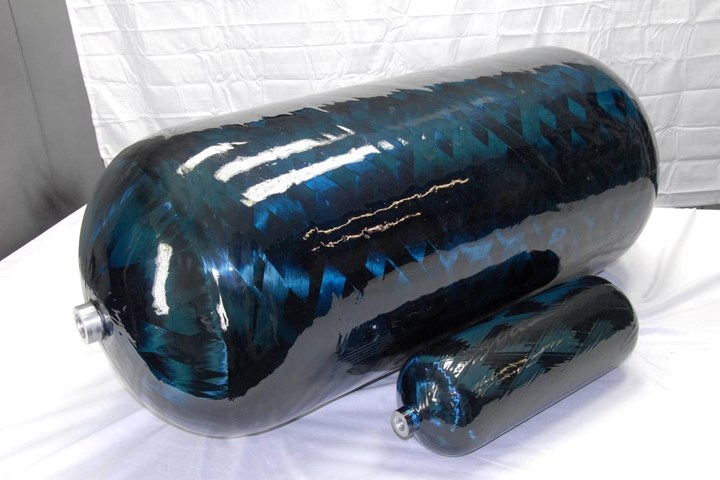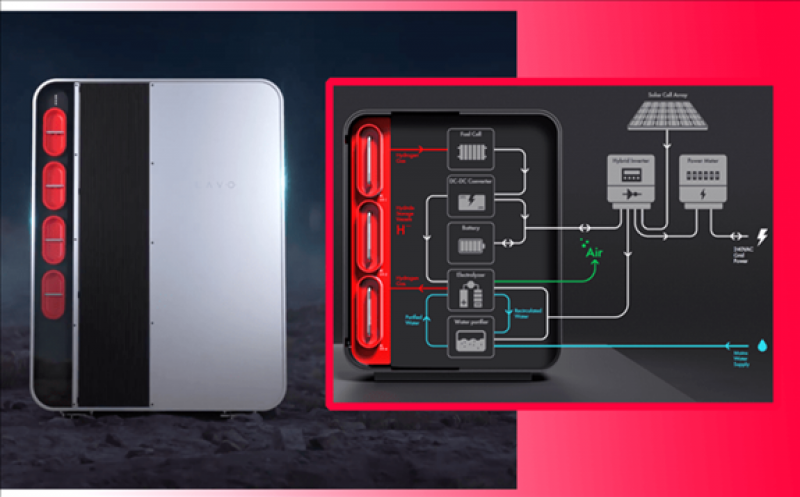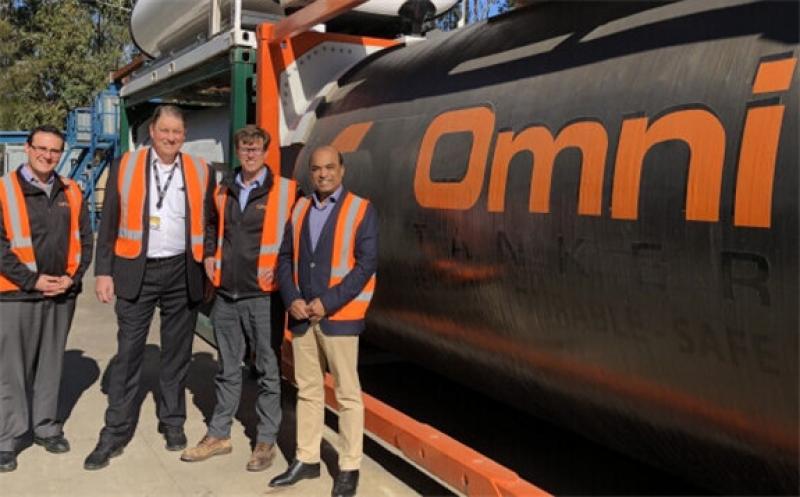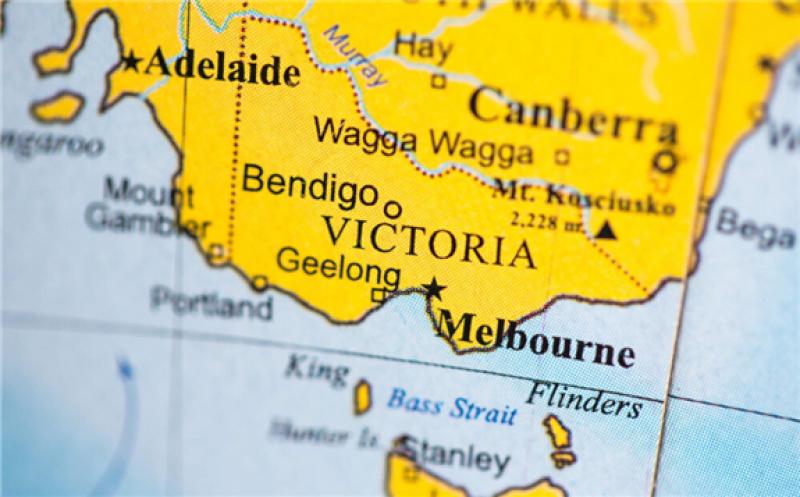The IAEA has designated the Slovak Nuclear and Decommissioning Company (JAVYS) as a Collaborating Centre to support IAEA Member States on nuclear facility decommissioning and radioactive waste management. The agreement marks the latest step in the IAEA’s efforts to further strengthen the implementation of such projects worldwide in an area expected to generate considerable work in the years to come.
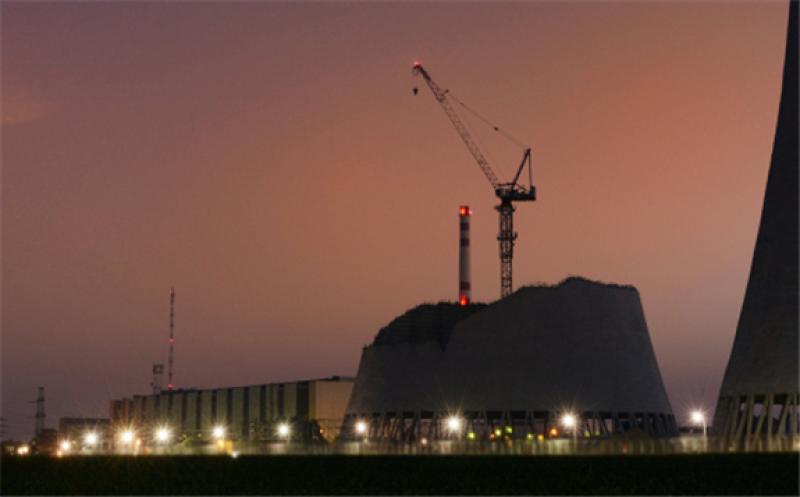
The agreement signed on 23 March will facilitate the sharing of good practices and promote the deployment of proven and advanced technologies to implement nuclear decommissioning. It will also contribute to the long-term development of a skilled workforce and transfer of technical knowledge, in particular for VVER reactor decommissioning.
“IAEA Collaborating Centres are one of our key cooperation mechanisms, and I am very happy that JAVYS is now part of this exclusive group of institutions, especially to help the Agency in supporting Member States’ efforts in nuclear decommissioning and associated waste management,” said Mikhail Chudakov, IAEA Deputy Director General and Head of the Department of Nuclear Energy. “Access to JAVYS´s infrastructure and expertise will be an invaluable opportunity to share good practices and support the development and implementation of education and training courses in Member States, as well as learning and training materials on nuclear decommissioning.”
The IAEA sees increasing work over the coming decades for decommissioning and associated waste management programmes. Many of the world's 443 nuclear power reactors currently in operation will phase out of service, while new reactors to be commissioned will need plans to fund their decommissioning. A total of 189 power reactors have been shut down for decommissioning, with 17 of them fully decommissioned. In addition, 130 fuel cycle facilities have been decommissioned as well as about 440 research reactors.
JAVYS is located at Jaslovske Bohunice, the closest nuclear power site to the IAEA headquarters in Vienna, Austria. It hosts three nuclear power plants, with two under decommissioning and one in operation, as well as supporting spent fuel and waste management facilities.
“In Bohunice we can effectively demonstrate technical progress and safety in physical and radiological characterisation, decontamination, dismantling, demolition and associated waste management,” Pavol Stuller, JAVYS Chief Executive Officer, said at the signing ceremony at the IAEA’s Vienna headquarters that also included the participation of Marta Ziakova, Chairperson of the Slovak Nuclear Regulatory Authority. “Our cooperation with the IAEA will be centred on implemented and planned work and further enhanced as the Collaborating Centre progresses over the coming years.”
JAVYS is the fourth IAEA Collaborating Centre in the field of decommissioning, with specific experience in dismantling and other activities related to the final stage of a nuclear facility’s lifetime. The others include Italy’s Societa Gestione Impianti Nucleari (SOGIN), the Institute for Energy Technology (IFE) in Norway and Électricité de France (EDF).
“This partnership between the IAEA and JAVYS is yet another excellent example of how Slovakia can actively contribute to the IAEA’s work,” said Peter Misik, Slovakia’s Ambassador to Austria and Representative to the United Nations in Vienna. “JAVYS is recognised as one of the key organizations in the Slovak nuclear sector responsible for dealing with decommissioning, waste management and other nuclear legacy tasks. The company has continuously been demonstrating its interest in enhancing international cooperation with relevant organizations and scientific community. In this regard, the IAEA plays a central and the most important role.”
IAEA Collaborating Centres
To promote the practical use of nuclear technologies, the IAEA collaborates with designated institutions around the world. Through the Collaborating Centres network, these organizations in Member States can assist the IAEA by undertaking original research and development and training relating to nuclear science, technologies and their safe and secure applications. With the newly designated JAVYS Collaborating Centre, there are now 48 active Collaborating Centres worldwide, with ongoing discussions in several countries to establish new Centres.
This article is reproduced at www.iaea.org
